Of course the guns in Marathon feel good. If they didn’t, you wouldn’t be reading this because I would have spontaneously combusted in Bungie’s Seattle studio when I visited for eight hours of hands-on alpha gameplay with this crew-based, 3-player, PvPvE survival extraction shooter. Destiny gets a lot of deserved criticism, some of it from me, but Bungie’s always had industry-leading gunplay and art direction. Marathon is flexing those same muscles, thoroughly toned after 10 expectation-defying years of live service looter shooterdom.
Marathon is, predictably, wondrous in your hands and easy on the eyes. There’s a lot I can’t say with confidence after sampling an experience built for long-term commitment, burdened by all the things I know I don’t know, but this is probably the best-looking, best-feeling extraction shooter ever made. But for a thousand reasons, that alone is not enough to ensure “the next hit PvP experience” that Bungie and Sony are very loudly betting this will become.
Running track
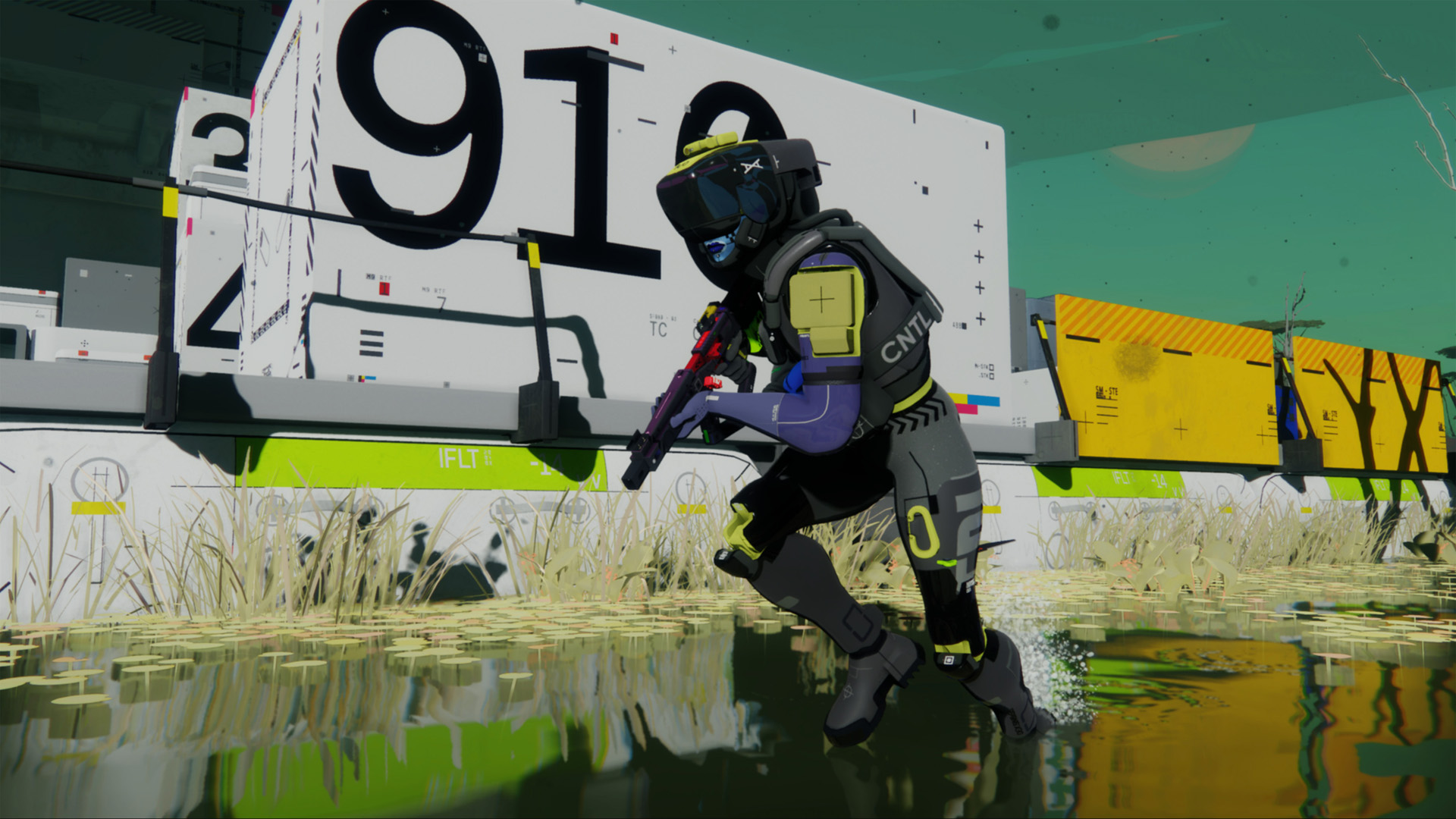
Key info
Developer: In-house
Publisher: Bungie
Platform(s): PC, PS5, Xbox Series X
Release date: September 23, 2025
On day one, I was confounded and put off by Marathon. I am not the PvP fiend I once was. Learning an extraction shooter was always going to be a big ask, especially in a lobby full of FPS streamers and sickos who participated in previous tests. But by the end of day two’s session, which saw far more wins and, crucially, some good losses and not just brutal ones, I was reluctant to put Marathon down. This is a good sign – the best thing I can say after any preview is that I want more – but big questions remain.
I was fully prepared to declare this dead on arrival or, at the very least, not for me, but Marathon is compelling. Squad up with two friends – there is no solo or duo mode – and drop into what Bungie calls a “medium-sized” map as one of six playable Runners, cybernetic mercenaries piloting soulless shells through the guts of the collapsed space colony Tau Ceti 4. And yes, that does literally make you a Ghost in the Shell – just some of the DNA spliced into Marathon’s bleak, gorgeous, and engrossing cyberpunk universe.
It’s not just the look and feel. For my money an extraction shooter has never had this caliber of personality and worldbuilding, this ominous lure of secrets. Bungie entering this genre almost feels like Blizzard releasing Hearthstone, only the market is simultaneously more mature – calcified, arguably – and volatile. Marathon’s world is backed by the complexity and payoff of Destiny’s deepest dives. Will Marathon go that hard? Will it have community scavenger hunts and puzzles that send players down rabbit holes of math and lore? I don’t know. I asked a few Bungie folks and got noncommittal but not-dismissive answers. I hope so. Because Marathon presents a place to be explored and questioned, not just a green-and-brown framework for systems and loot to be papered over. On that note, the colors of its world are almost threateningly vibrant – a bit of Mirror’s Edge straight into your retinas, unmissable in the muted extraction crowd.
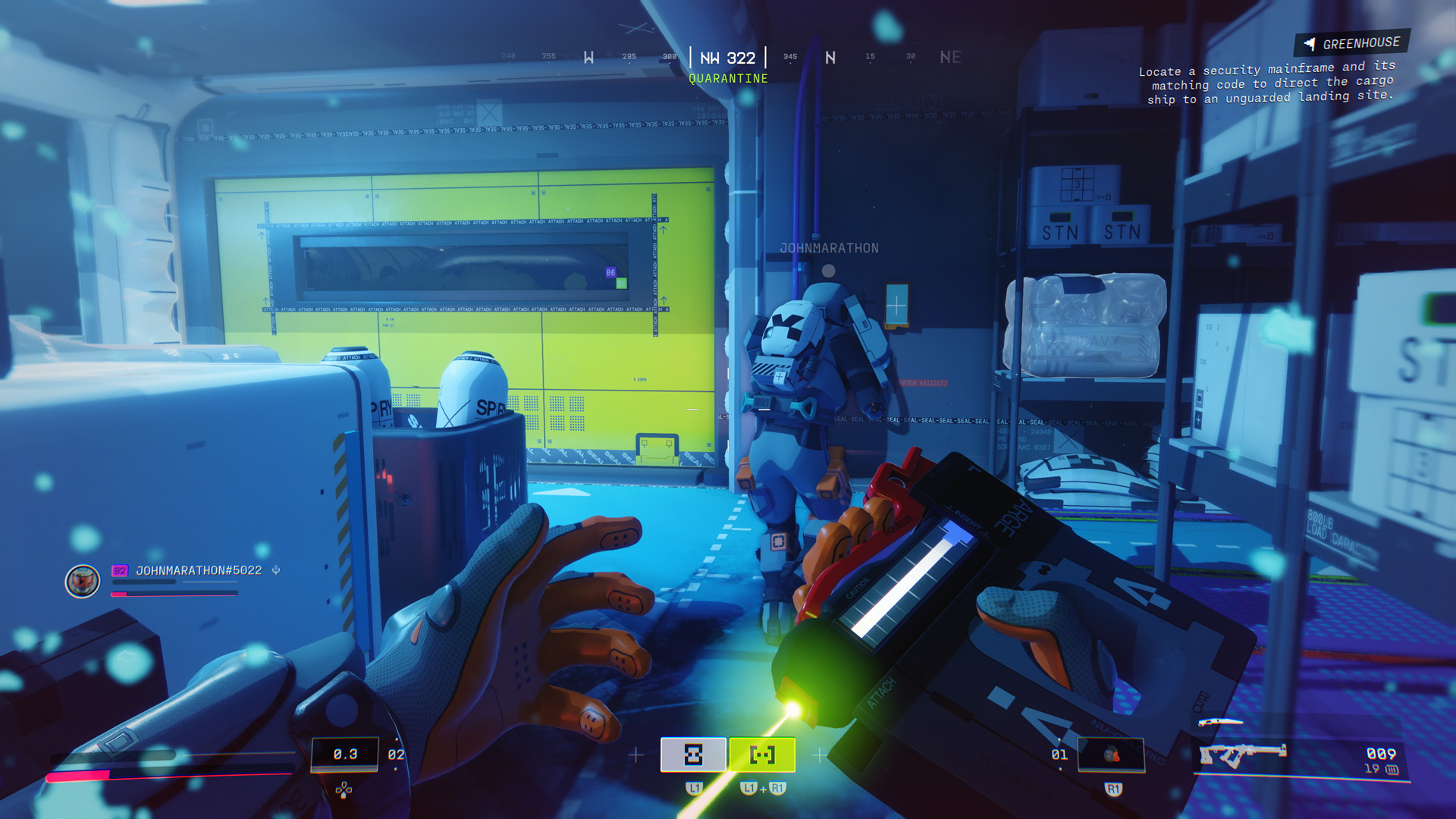
Probably the best-looking, best-feeling extraction shooter ever made
You’re generally propelled by loot, the corporate factions you’re contracted with, and the enemy crews who are, at least in the fear in your mind, constantly breathing down your neck or sliding a reticle onto your head as you rummage through bags or gun down startlingly clever AI robots (that can be hard, perhaps too hard, to distinguish from players at a glance). If you die, you lose everything you have on you; if you make it out, you cash in your credits and chuck your treasure in the vault for the next excursion. Knowing when to uncork the Good Stuff and when to pack frugally is part of the learning curve.
There are three maps for now, varying in scale and the number of squads dropped into each. You start on the forested, beginner-friendly Perimeter (15 players), but we spent most of our session in the more sprawling, swampy Dire Marsh (18 players). This is apparently the biggest of the three maps, but it didn’t feel all that big – a necessity to corral players together and stoke PvP firefights. Outpost is a close-quarters map we didn’t see. A fourth map, the UESC Marathon ship itself, is coming a few weeks after launch, promising a wildly different experience with “raid-like mechanisms” per game director Joe Ziegler. Bungie seems to be emulating Destiny’s Vault of Glass here, hopefully with less of a ‘frantically bucketing water out of the ship’ vibe this time.
The Ps and the Es
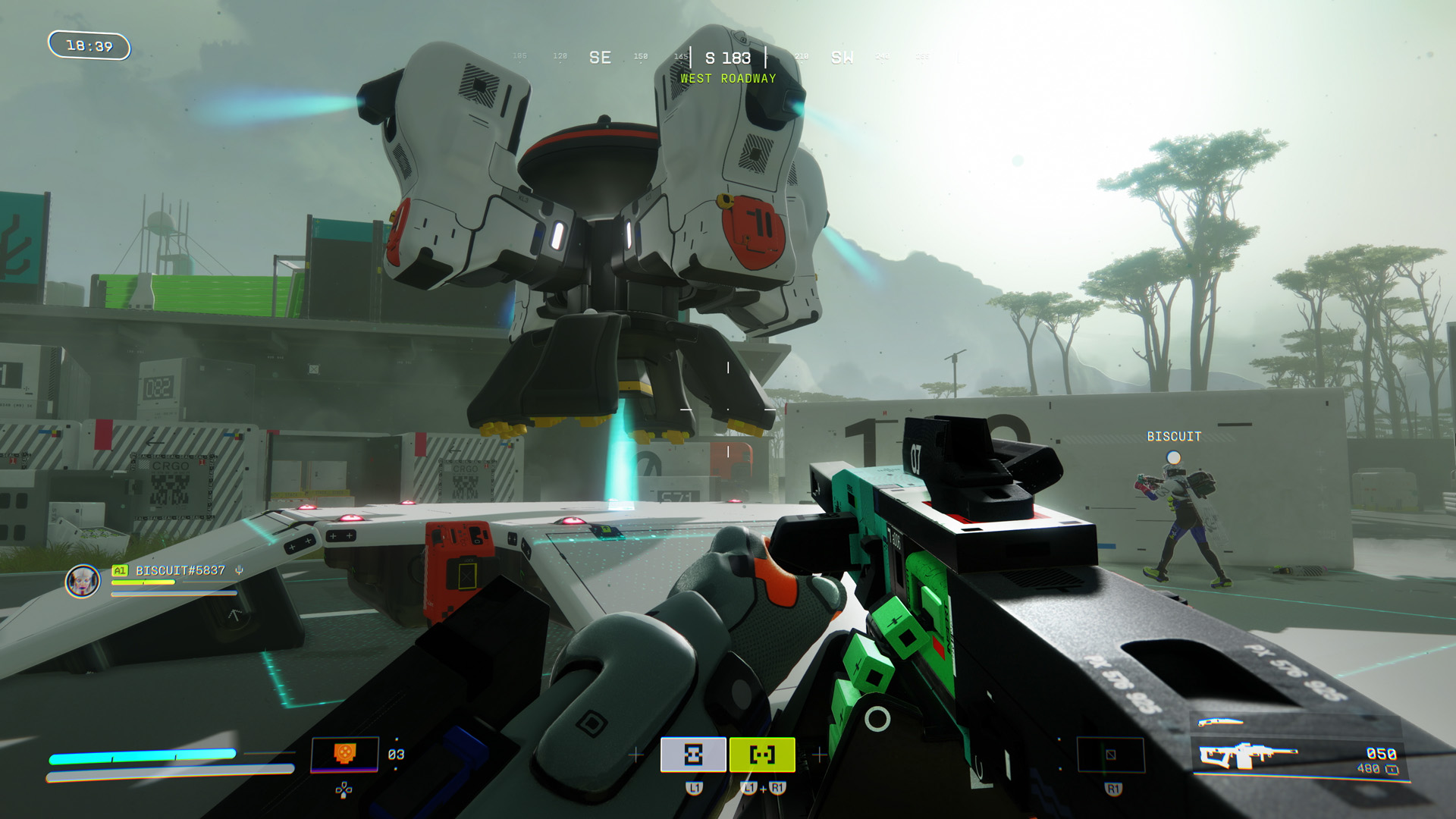
You’ve got 25 minutes to grab whatever loot you can – plundering containers, PvE minibosses, various points of interest, or the corpses of your fellow Runners – and then extract via a timed warp. Fire it up, wait out the timer, and jump in the comforting ring of safety right at the end. Pro tip, fresh from our day two Bungie shepherd: jump in early as a crew to cut the final countdown from 30 to 10 seconds.
Marathon is designed to get you killed. Bungie expects average exfiltration rates to be comfortably below 50%. You will lose a lot, and losing hurts a lot. The victory spikes on my line graph of enthusiasm were high, but there were pits of losses between them. Extracts are snapshots of this unpredictability. That white-knuckle countdown may become a gut-punch defeat, an unforgettable clutch, a desperate last-second dive into the portal as your downed allies watch in envy and horror (couldn’t be me), or an unnerving anticlimax. It’s not always a pleasant one, but it is a strong emotional hook.
I was less impressed with objectives, which in this alpha build boiled down to hunting computer monitors to call in a loot drop somewhere and booking it over to collect the goods. There were a few random events to spice things up, and PvP is the real kicker, but this objective got old fast. Drop in, mark monitors on the map, sprint over (with your knife out for a speed boost), mark dropship, sprint over, repeat. The PvE side has a lot to prove. PvP is the ceiling in this house of thrills but PvE is the floor, and I ain’t hunting monitors for 100 hours.
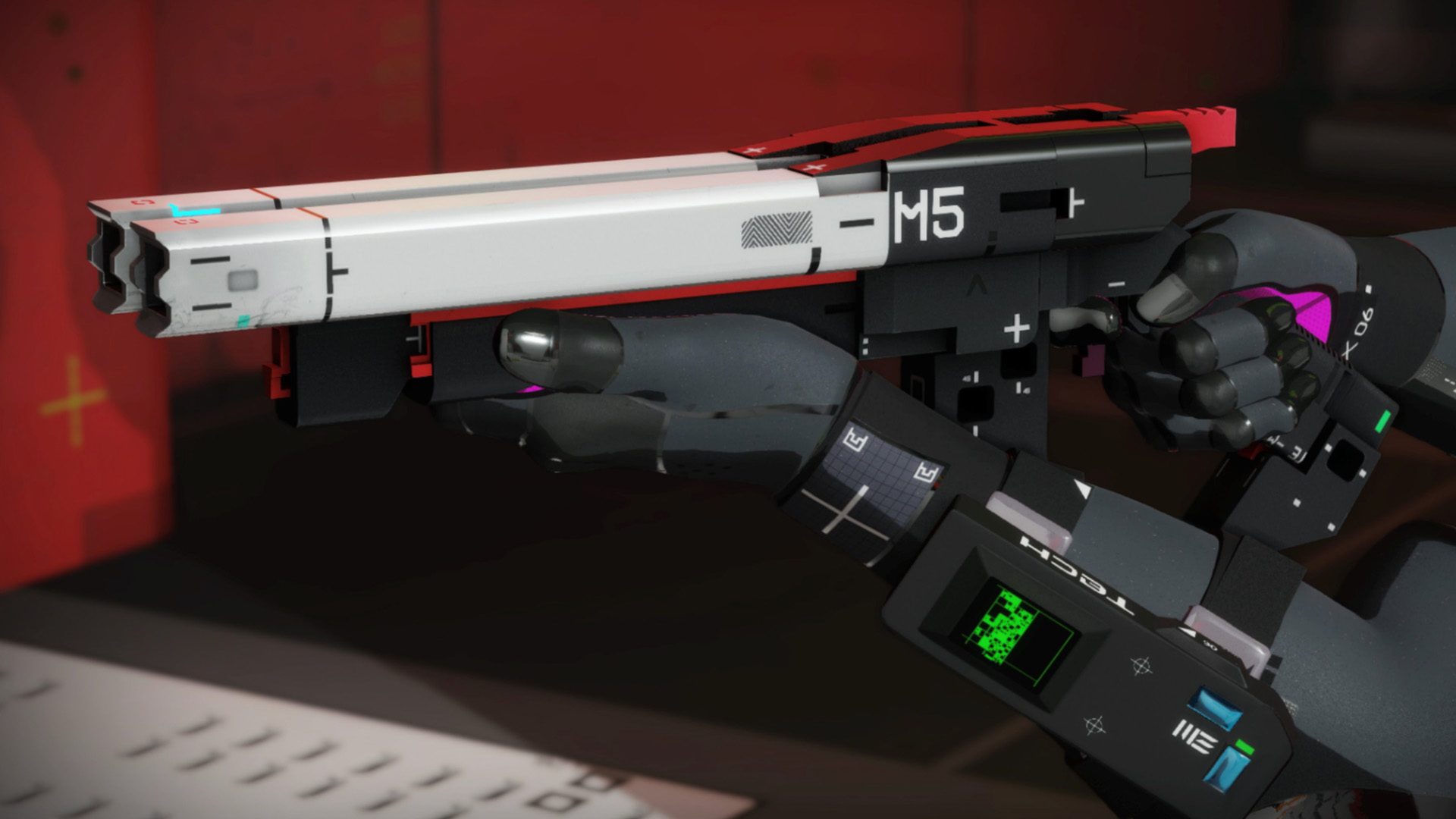
I’m worried about variety. Bungie spent the past 10 years fumbling Destiny PvP so hard that, multiple overhauls and balance missteps aside, it had to assemble an emergency team to make maps after several quiet years, which is like a pastry chef calling for backup to open a bag of sugar, so maps are a legitimate concern. It is, Bungie says, not a 20-map game, which I respect. And Marathon’s map design does have that sticky battle royale quality of generating memories – this is where we wiped that team, this is where we got folded like a lawnchair by former Destiny dev Kevin Yanes – but three or four medium-sized maps is arguably not a lot, and Bungie’s verbiage on updates suggests we’ll get around one map a year with refreshes to existing ones in between. In some ways, a tight map pool works in Marathon’s favor, encouraging players to learn the ins and outs of specific loot and hotspots, but will these maps hold up for hundreds of hours?
Contrastingly, here’s an ingenious little thing. Accept contracts for objectives or resources out in the field, and finish them to get permanent upgrades for your stats, and add precious items like grenades and shields and inventory-expanding backpacks to the half-crafting system, half-item shop black market. The bigger your market, the better your minimum loadout. Another pro tip: loot speed, which expedites the clever, tension-ratcheting unscrambling of loot, is a godsend.
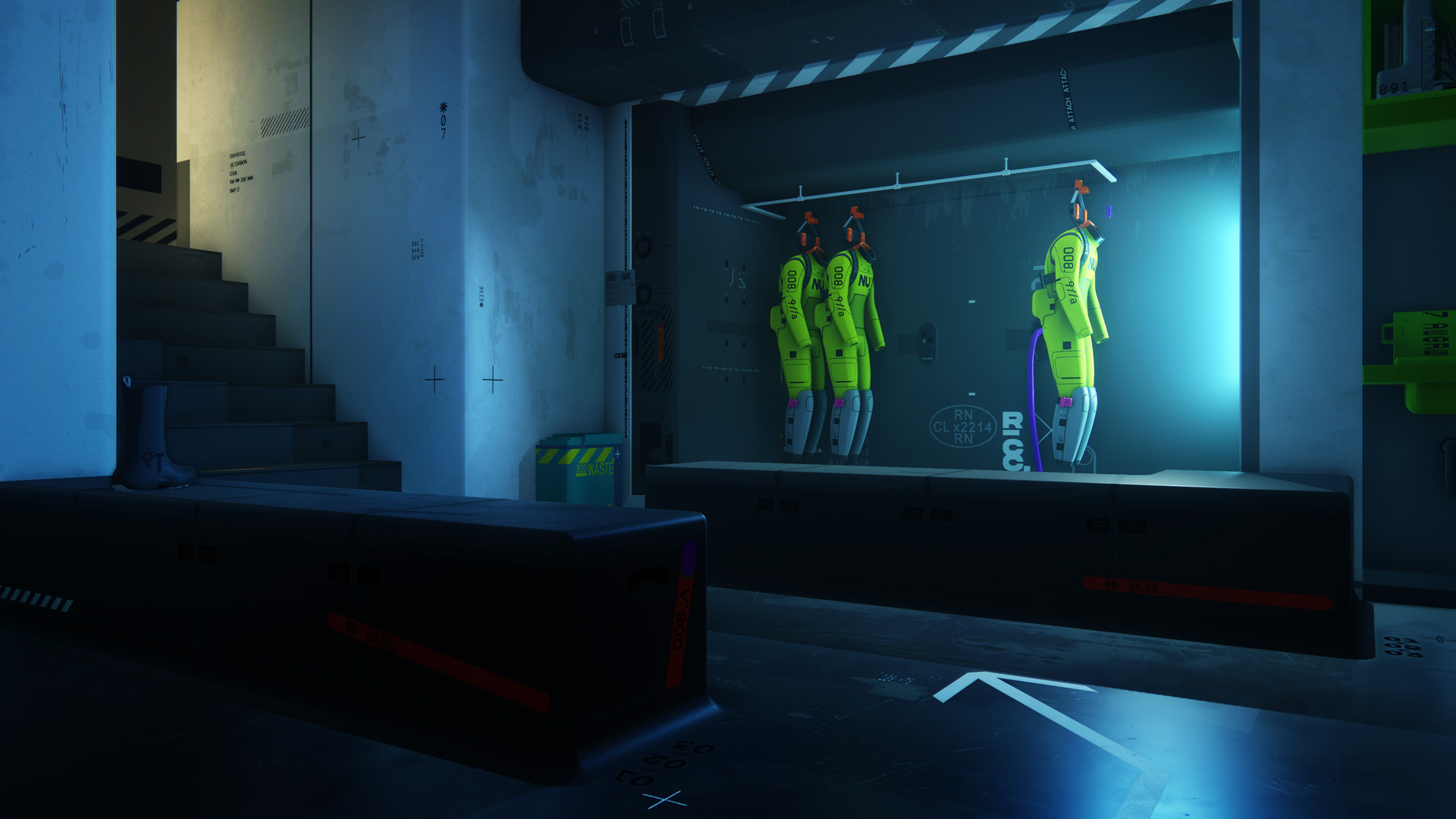
These contracts provide valuable direction, can dial in your playstyle, bring welcome objective diversity, and add a precious hit of semi-permanent progression to numb the sting of your inevitable losses. Granted, even this is powerless before the wallop of three-month seasonal resets wiping your upgrades as well as your loot vault, but Bungie insists seasons are transformative enough to keep players on the hook. Point is, contracts, whether basic missions or faction milestones, are always worth having.
Like the ‘everybody loses’ war stories of Armored Core, contracts and factions reinforce the precarious politics of Tau Ceti 4 and create meaningful synergy between what you want as a player and what your Runner is chasing. Cyberpunk transhumanism is a guiding and ever-interesting theme in Marathon, and immersing you in this role of a merc pouncing on any scrap of backing they can get, no matter how transparently corrupt the vendor, helps sell that. But the innate, draconic urge to stockpile and hoard and covet as you do in any extraction shooter also manifests narratively in an absorbing way. That harmony between the world and mechanics gives Marathon a distinct identity, something that sticks in your head, or what we in the business might call the Sauce.
The perfect setup
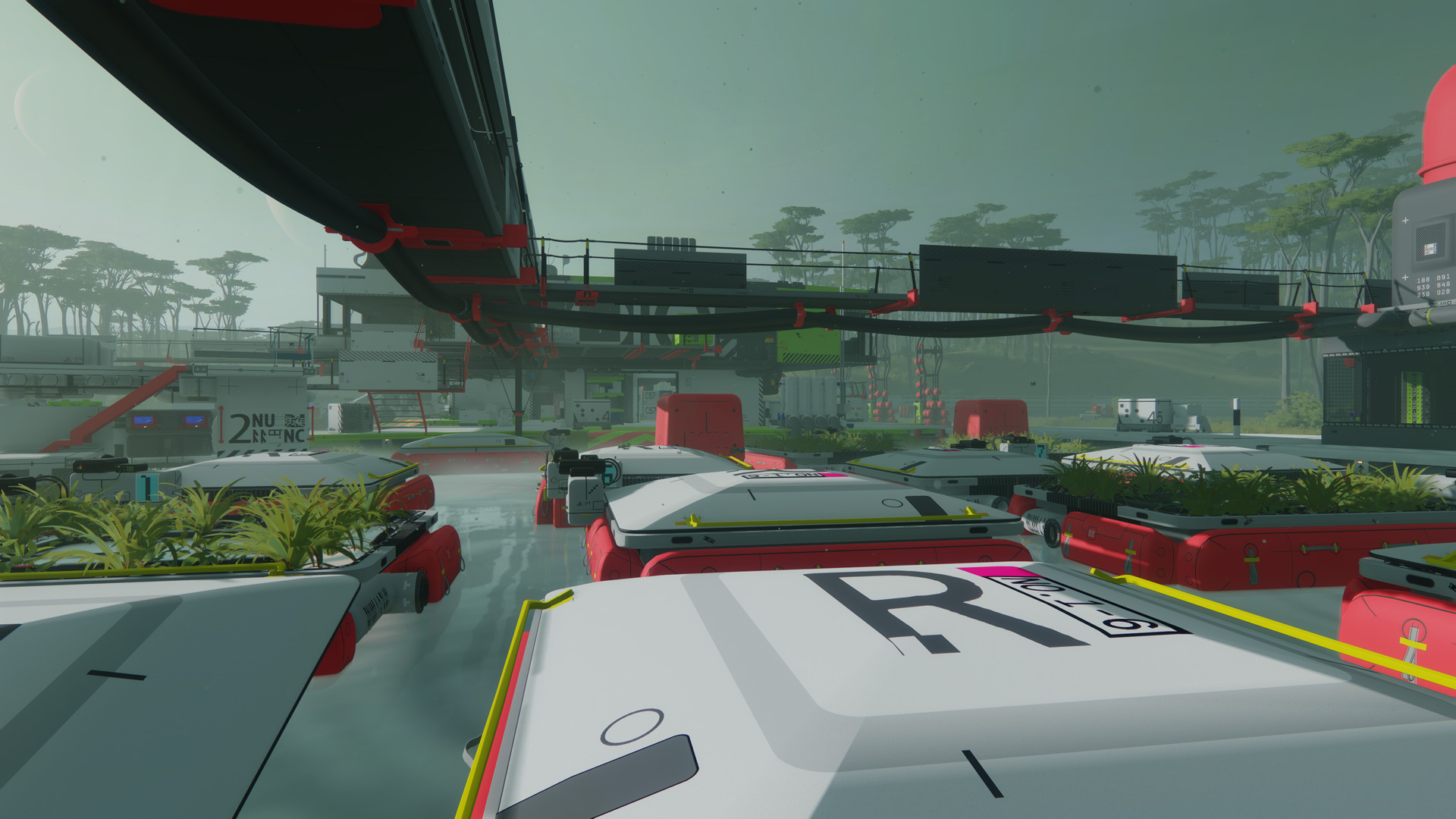
The Runners are fascinating characters and fun units. Glitch, a lithe bubblegum punk street rat, slides fast and far, and can even double jump at the cost of heat, a sort of overclocking stamina bar that slows you if you max the meter. Her skill is a knockback energy shot, and her ultimate briefly cranks her movement to 11. Locus is basically a Titan from Destiny 2: chunky armor, mid-air jet dodge, deployable shield, and a rocket salvo ultimate. Void is, fittingly enough, a Void Hunter – also from Destiny 2 because Bungie can’t help itself – right down to smoke bombs and invisibility and an emo hood. My favorite is Blackbird, a scout and information dealer who can scan for enemies with her ultimate or by finishing a downed enemy to reveal their crew. Her skill lobs a cute explosive spiderbot that chases enemies down.
I had the most success as Blackbird with a long range sniper or precision rifle paired with a submachine gun, sidearm, assault rifle, or anything suitable for spraying and praying. I went all-in on long range at one point but that ended in a particularly embarrassing blowout where I got caught with my pants down up close. Some guns are clearly stronger than others, and I’m partial to precision weapons, but I didn’t fire anything that didn’t have the juice, that textbook Bungie FPS magic. Marathon loses to Destiny 2 in feedback – flinch, knockback, enemy recoil, and other understated garnishes – but the guns are as sharp as ever.
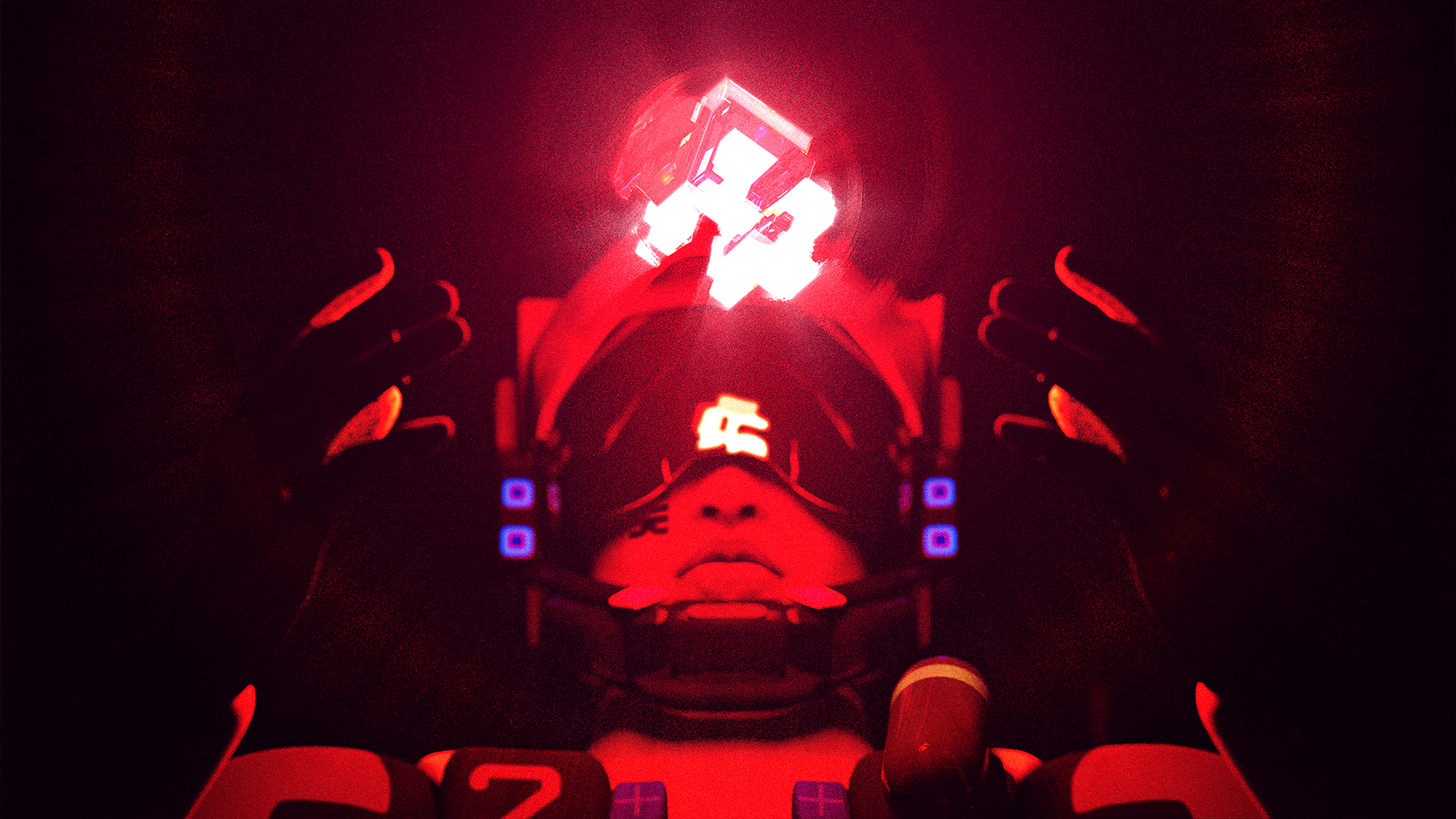
You have to be omnivorous in Marathon. You can unlock specific guns in the market, but you’ll often just use what you find. Sometimes that’s a high-grade favorite, perhaps one day a maxed-out gold-modded god gun, but sometimes it’s the white-rarity garbo spat out by the Baby’s First Extraction Shooter starter kit that you can bring if you’re feeling cautious, or indeed broke. (I look forward to the starter kit and knife-only runs this game may inspire on Twitch.)
Guns might be the least important part of your loadout. Weapon power feels horizontal in Marathon, not vertical; higher-grade guns seem to perform better without actually killing overwhelmingly faster, barring the kind of top-tier mods we could only dream of in our session. Fights are decided by gun skill, clever ability use, map awareness, how strong your shield is, and how many healing supplies you brought. If you have one bar of shield and your enemy has four, you lose a fair 1v1 every time. Better make it unfair. Grenades are powerful. Status effects like toxic and overheat are devastating. Backpacks are transformative, letting you hold more of everything.
Marathon takes the crunchy fiddliness of extraction shooters and pares it down to the essentials
Marathon takes the crunchy fiddliness of extraction shooters and pares it down to the essentials for a more accessible gameplay loop that smartly focuses less on the intimidating nouns of the genre and more on its exhilarating verbs. Passed through the Bungie action machine like sugar through a bee, the extraction shooter formula looks, feels, and sounds incredible. Elegant. Refined. It is unignorably good, but it will also scare and infuriate and turn off a lot of people.
Marathon is still an extraction shooter. It’s too niche and too punishing to become a Helldivers 2 fireball, but, I do believe, also too good to fizzle out like Sony’s Concord. This game will spark conversation. It will have haters and devotees. That’s a start. But a good game does not mean a successful game; even good games can just die. There is huge potential for self-sabotage here, in pricing and battle passes and update cadence and BattlEye anticheat and so much more. And as fun as it was, what I’ve seen needs more variety and more to work toward. I do want to play Marathon when it launches on September 23, but will I still be playing it in November? In Season 2? In 2027, as Bungie hopes? I have no idea.
Here are all the big new games of 2025 and beyond.
